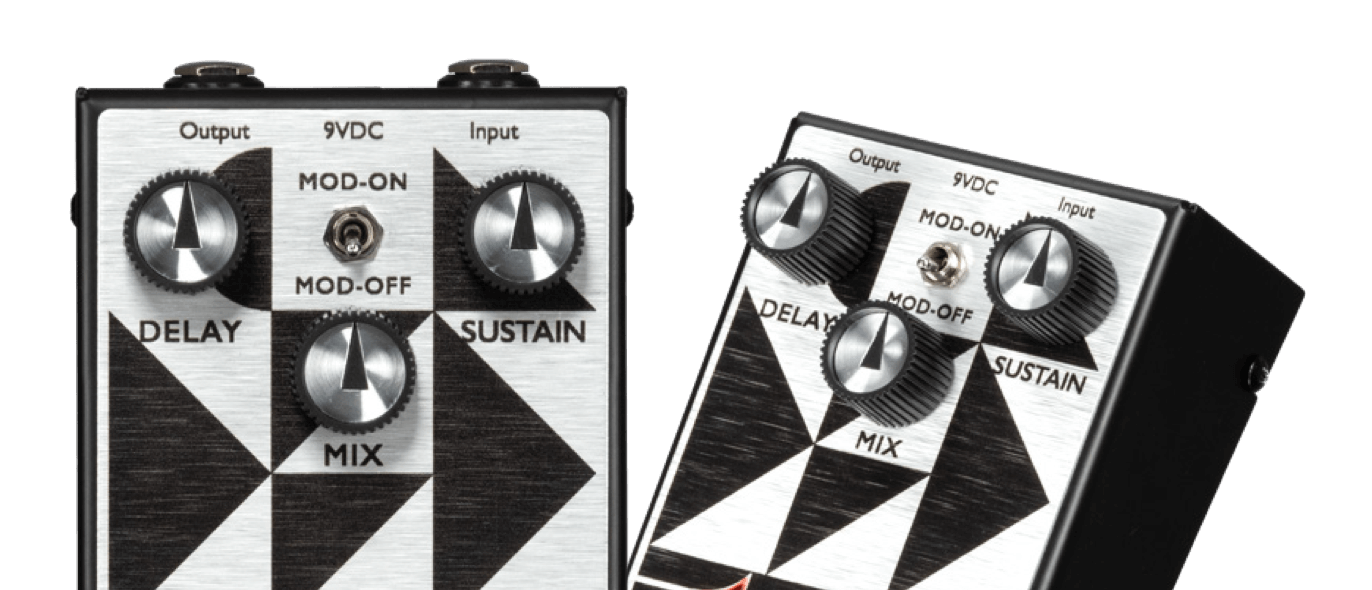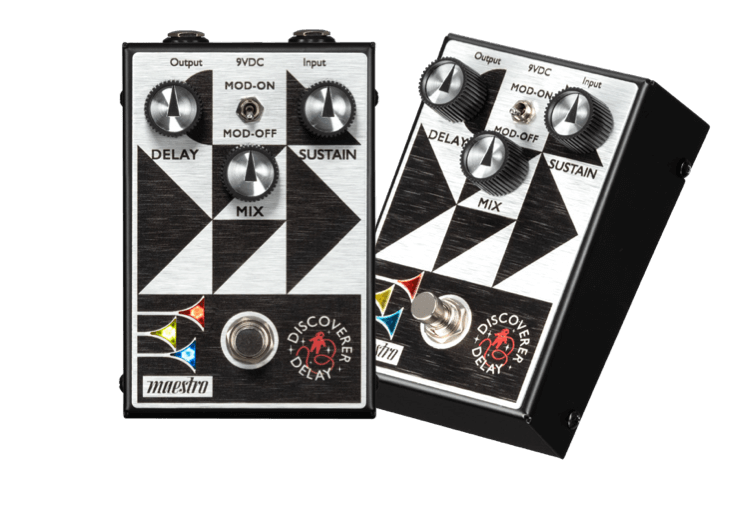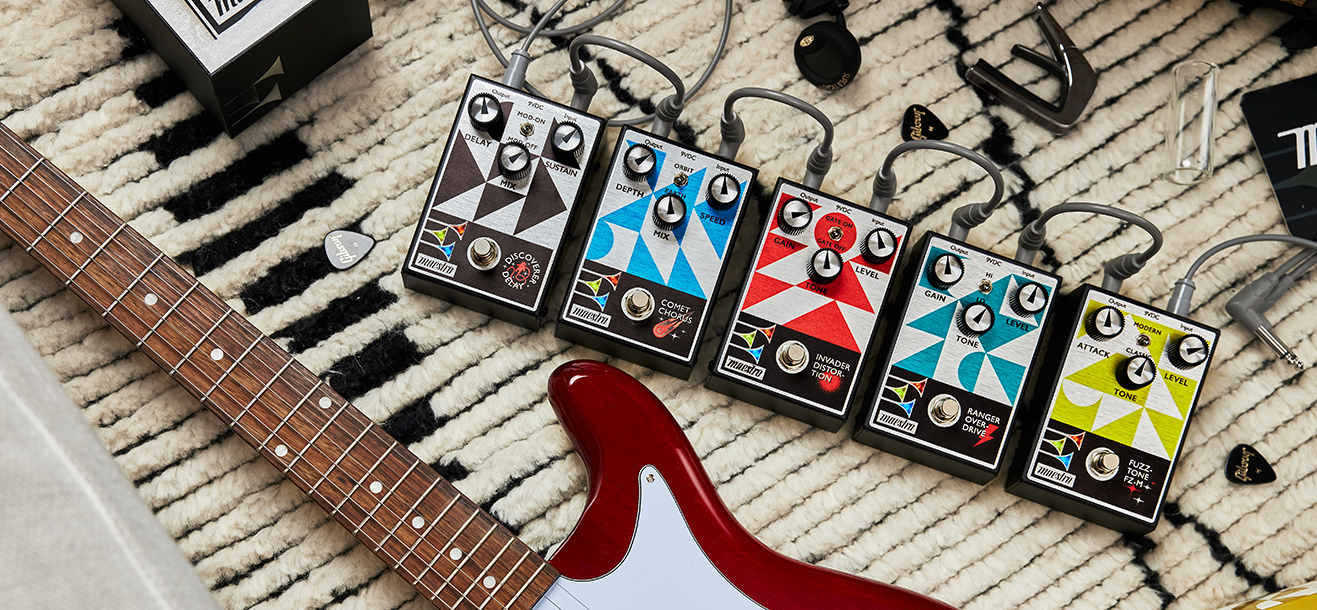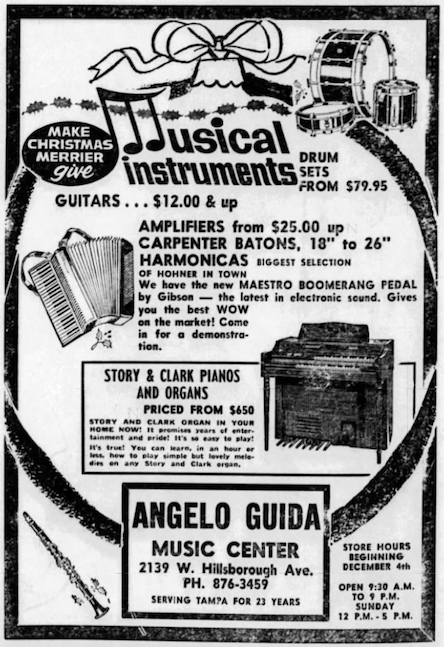Keith Richards plays the Fuzz-Tone on The Rolling Stones' "(I Can’t Get No) Satisfaction"
But then Keith Richards came along, and the Rolling Stones guitarist used the FZ-1 as a demo track on “Satisfaction” to signal how and when a horn section should enter the mix. “But he never meant for the part to be used on the final recording,” says Phil O’Keefe, Senior Editor, Gibson Brands. “It was strictly a demo. He thought, well, this is what we want the horns to do... Then that scratch track winds up on the final version,
and ‘Satisfaction’ turns out to be the song of the summer in ‘65.” Gibson sold every FZ-1 in stock. It was really the first commercially successful pedal,” O’Keefe continues. “And it set the entire pedal world into motion.”
Soon after Keith Richards' iconic riff, the next prominent use of the FZ-1 pedal is Tommy Tedesco playing on the decidedly hokey theme song to the television show Green Acres — an early indication that this new sound would work its way into many genres.









